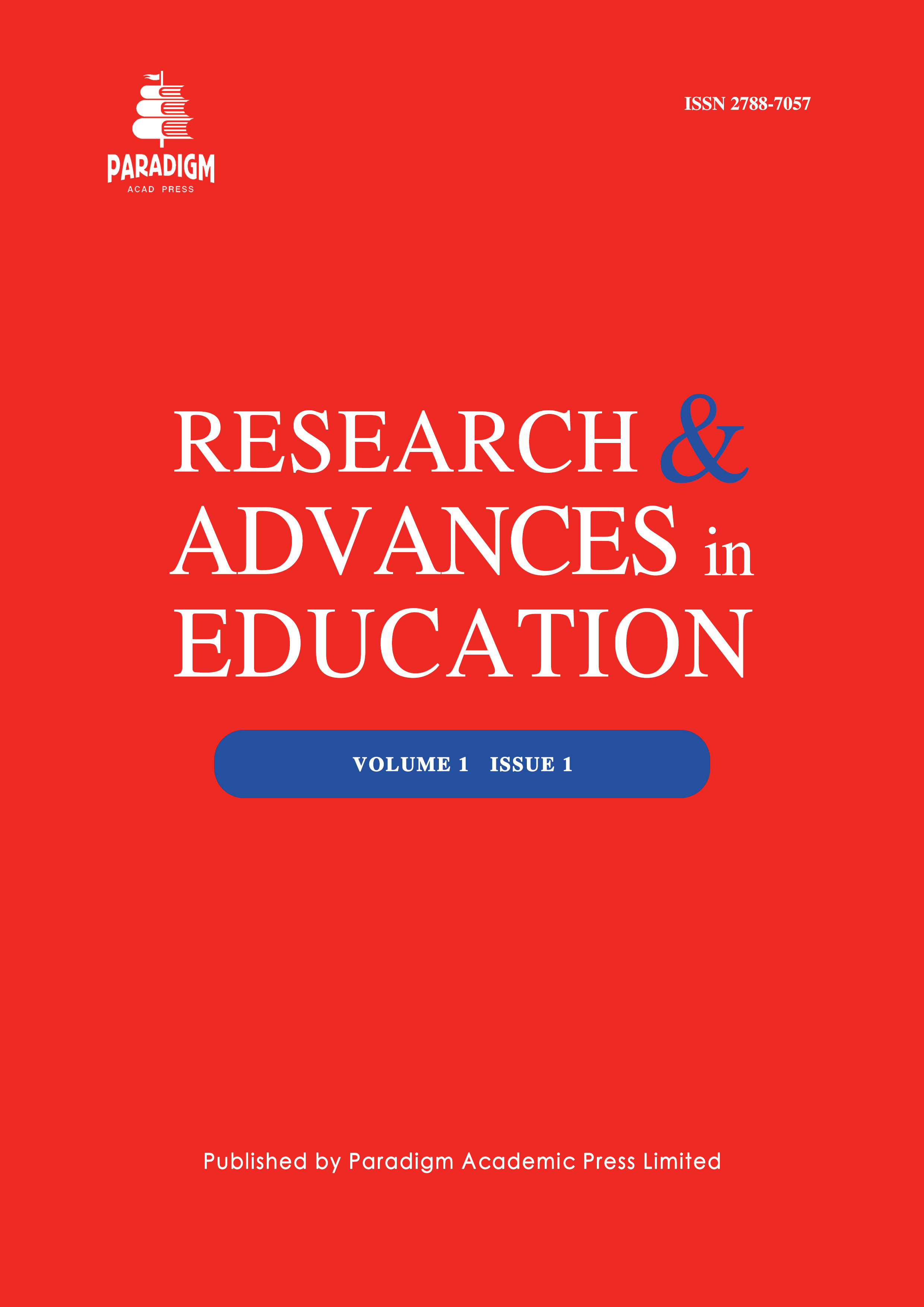Analyzing the Impact of Gender-Inclusive STEM Curricula on Enhancing Female STEM Literacy: Implications for Social Justice and Economic Equilibrium
Keywords:
gender equity, STEM education, social justiceAbstract
As the world becomes increasingly interconnected and technologically advanced, STEM literacy has emerged as a fundamental skill necessary for individual and societal progress. Despite the growing importance of STEM, a distinct gender disparity exists in both interest and achievement in these fields, with implications for equity and a nation’s ability to innovate. Addressing this disparity requires gender-inclusive STEM curricula that are accessible and appealing to all students, emphasizing real-world contexts, diverse role models, and hands-on learning. Such curricula have shown promise in boosting female students’ self-efficacy, persistence, and performance in STEM. Enhanced female STEM literacy not only improves academic outcomes but also challenges deep-rooted gender biases and contributes to economic growth and innovation. Embracing an intersectional lens ensures inclusivity in these initiatives. Ultimately, closing the gender gap in STEM literacy is a societal imperative, fostering equal participation, innovation, and equitable distribution of advancements.


